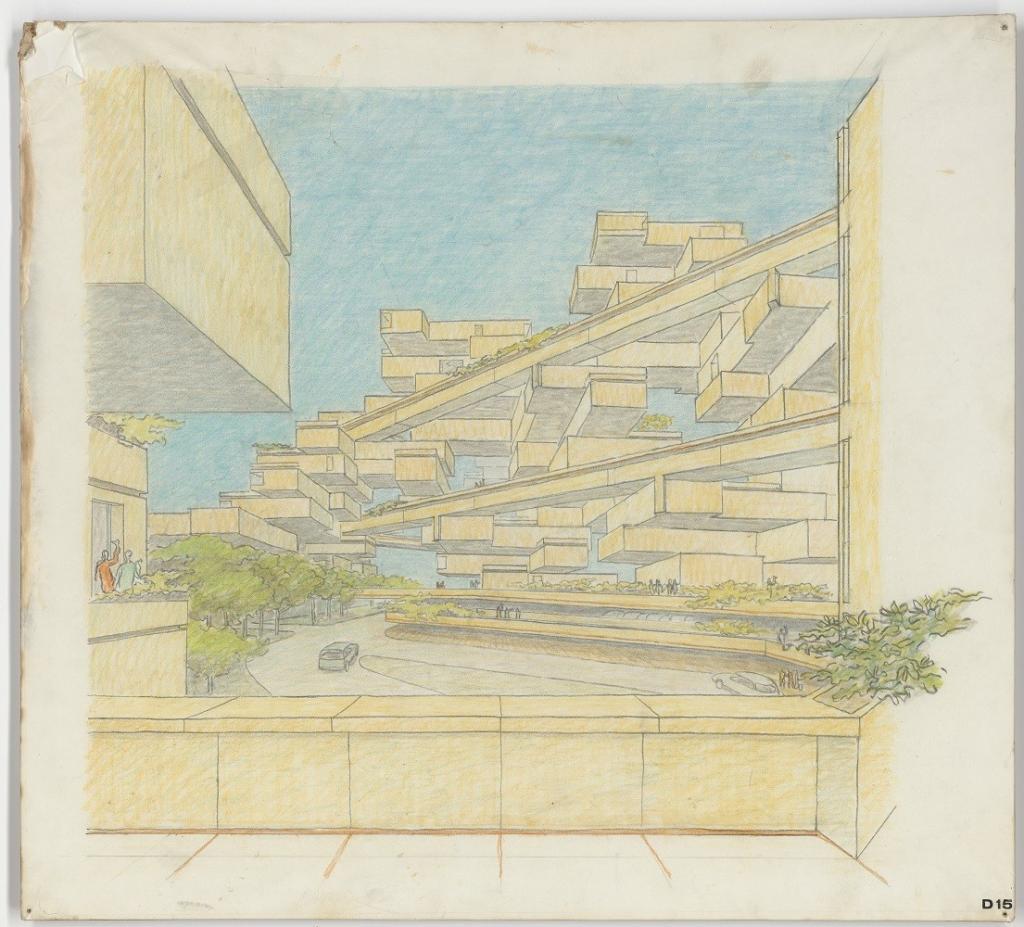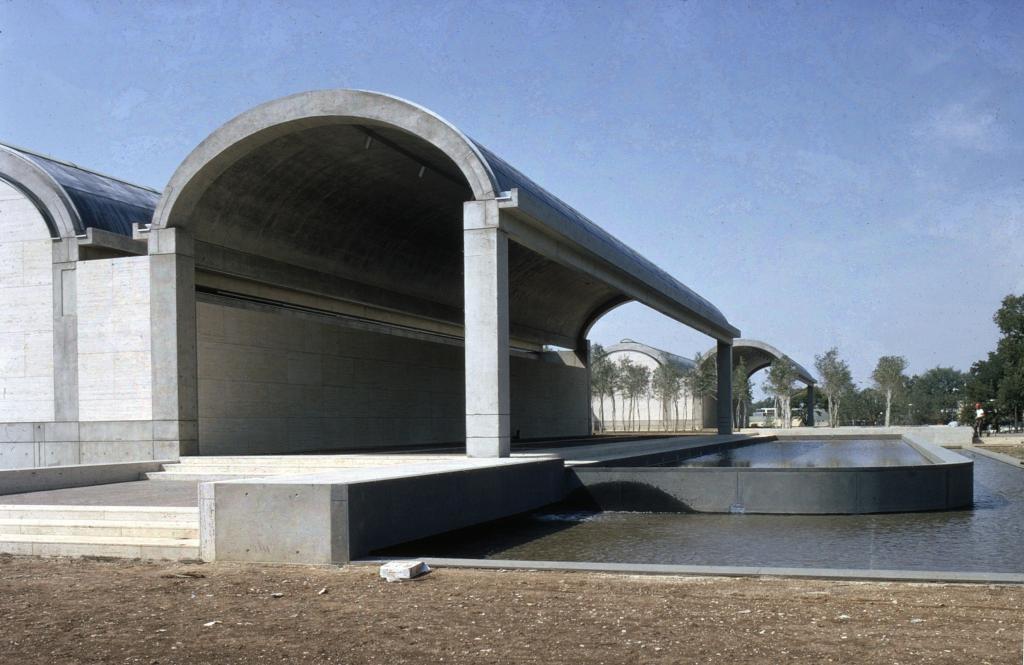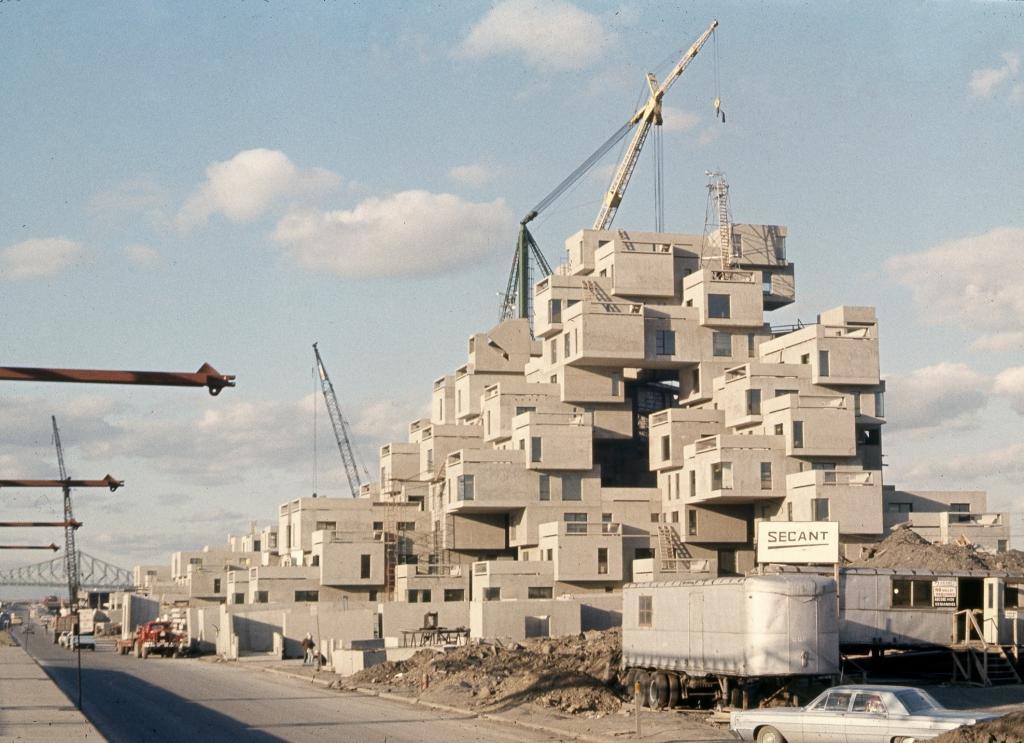The original drawings of world-famous architects, Louis Kahn and Moshe Safdie, are being showcased at the Museum of Estonian Architecture, thanks to the Estonian-American structural engineer, August Komendant.
The museum is presenting a comprehensive retrospective on August Eduart Komendant (1906-1992), and the exhibition includes original drawings and models by architects Louis Kahn, Moshe Safdie, Oscar Tenreiro, Elmar Lohk and Komendant himself.
According to the organisers, most of the archival material at the exhibition has not been previously exhibited.
Highlights of the exhibition include 13 sketches by Kahn, 13 of Komendant’s own structural drawings, and more than 60 of his personal items. The show also includes 20 unique structural and architectural models, and more than 200 photographs.

Kahn and Komendant collaborated on 15 projects
The exhibition introduces Komendant’s international career as a talented structural engineer, most famous for his 18-year collaboration with another Estonian-born talent, architect Louis Kahn.
With Kahn, Komendant collaborated on at least 15 projects, including the Richards Medical Research Laboratories (1957–1965), the Salk Institute for Biological Studies (1959–1965), the Kimbell Art Museum (1966–1972), the Olivetti-Underwood Factory (1966–1970) and the Palazzo dei Congressi in Venice, Italy (1968–1973, unbuilt), the organisers of the exhibit said in a statement.

“Komendant belongs among the most important structural engineers of the post-WWII generation, which focused primarily on the potential of reinforced concrete as a structural and architectural material,” the organisers added.
Escaped the Soviet repressions
Komendant began his professional career in 1934 in Estonia after studies at the Technical University of Dresden in Germany. During one fruitful decade, he contributed to the construction of several modern strategic institutions the young Republic of Estonia needed to build.

With his lectures (1937–39), Komendant laid the foundations for a school of concrete shells affiliated with the Tallinn University of Technology and contributed significantly to reinforced concrete innovation in Estonia during the interwar years. In 1944 he left Estonia to escape from the Soviet repressions. During the post-war decades, several of Komendant’s designs were built in Germany, the United States, Canada, Venezuela and elsewhere.

The Komendant Retrospective at the Rotermann Salt Storage in Tallinn, Estonia, will remain open until 26 April 2020.
Cover: Construction site of the Habitat ’67 housing complex, Montréal, Québec, Canada, architect Moshe Safdie, structural engineer August Komendant, 1963–1967. © The Architectural Archives, University of Pennsylvania.

